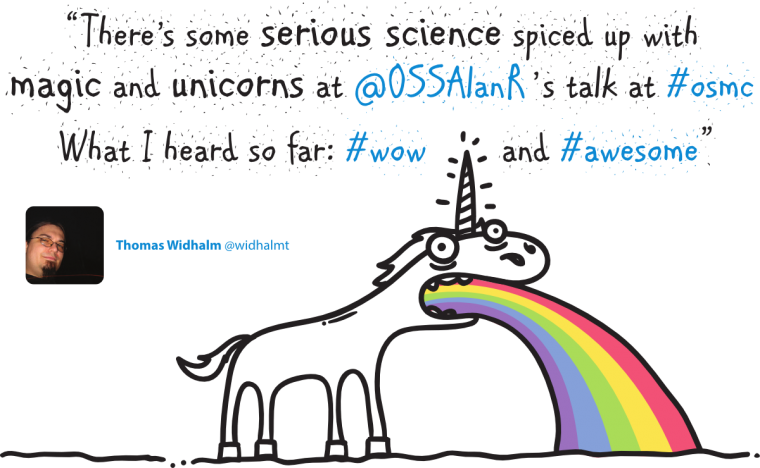System Management Survey

If you manage, secure, or plan for IT environments or DevOps, we’d love for you to take our System Management survey. Right now, we’re busy planning on how to make the Assimilation Suite better in 2016. Your responses will be a huge help in giving us a sharp focus on how best to improve IT management for you and others in the IT community. If you can help us out, we’ll send you a small token of our appreciation









